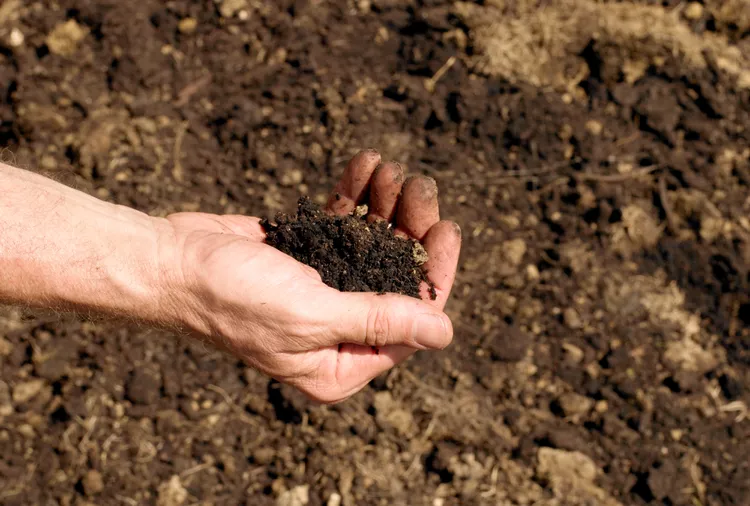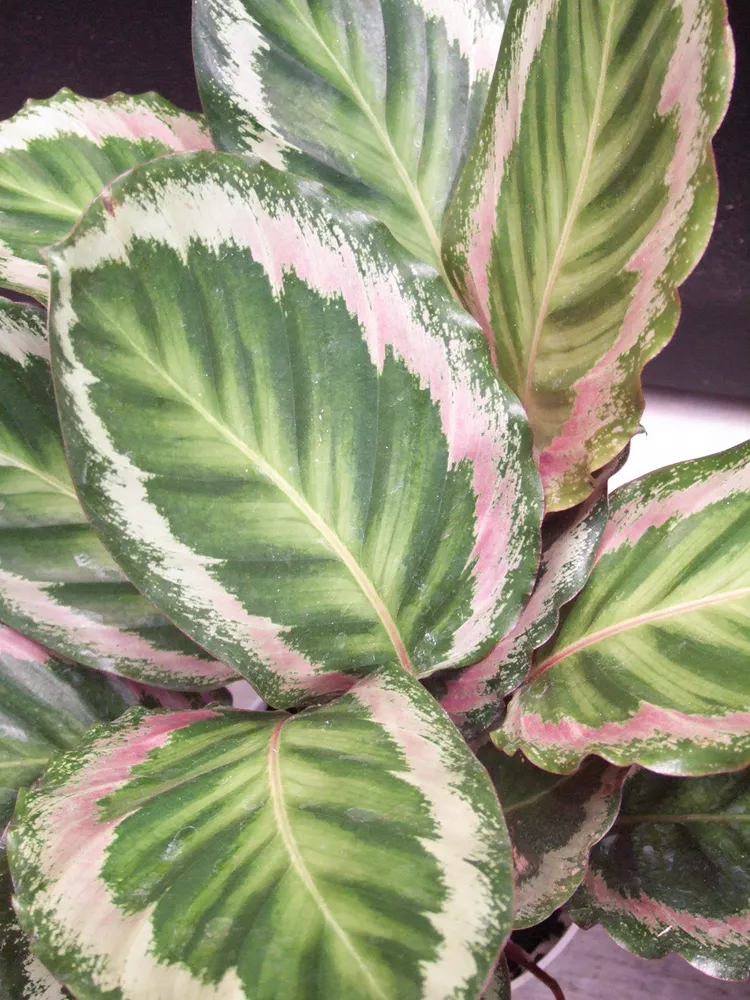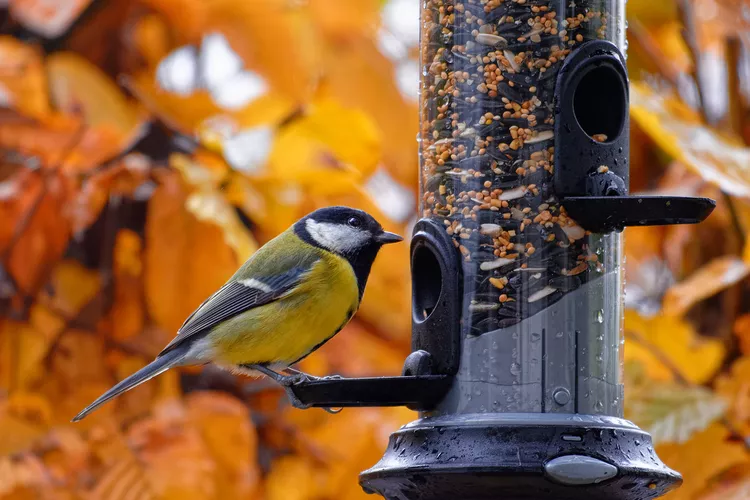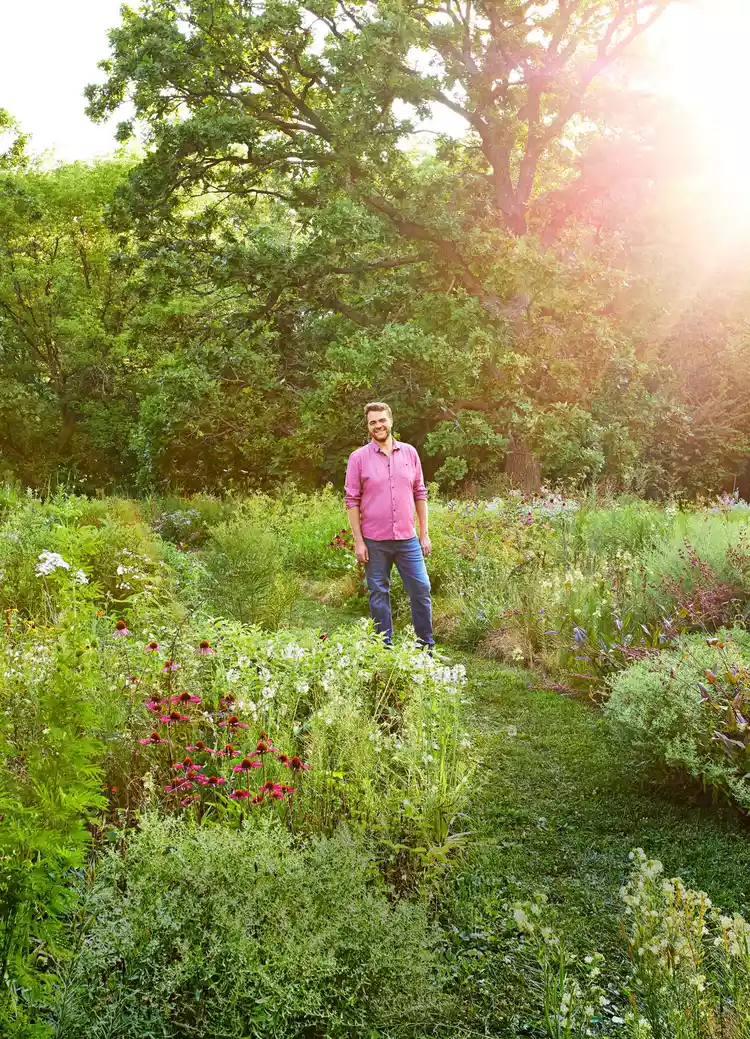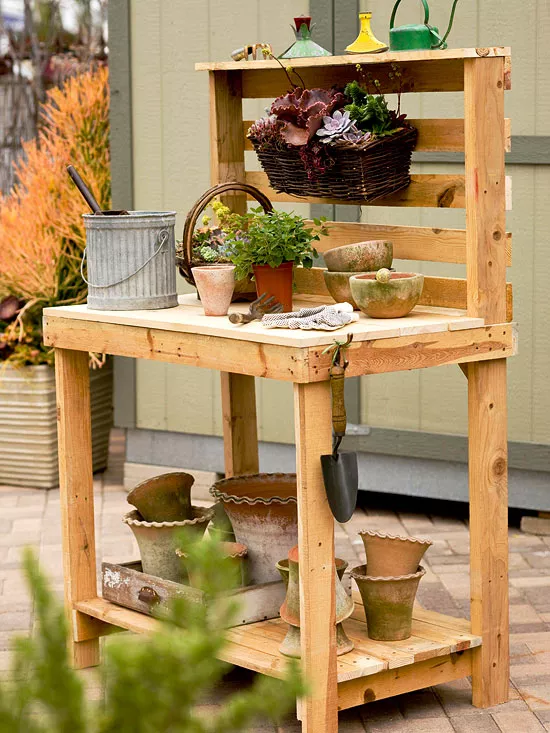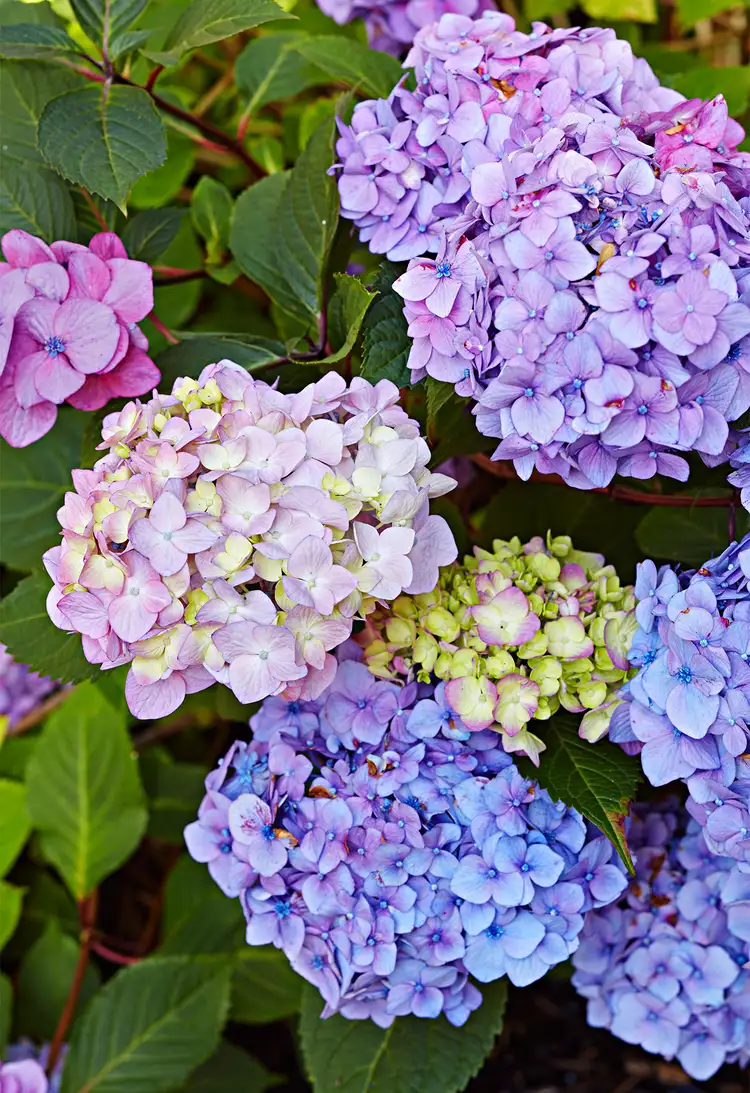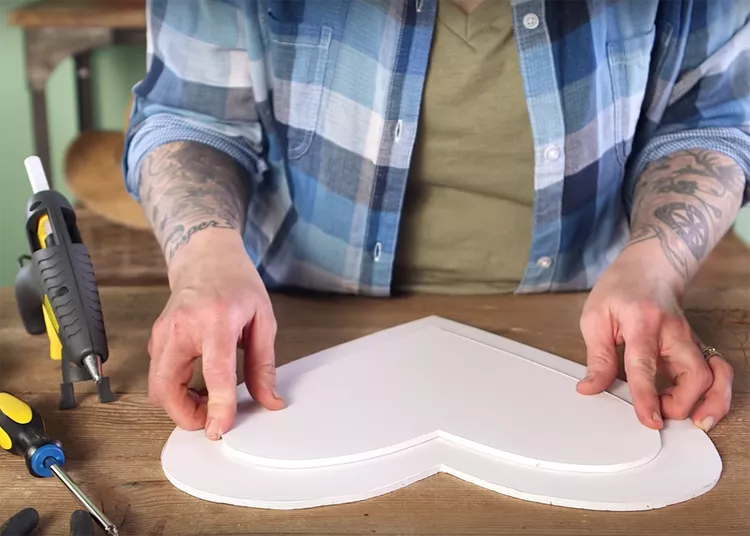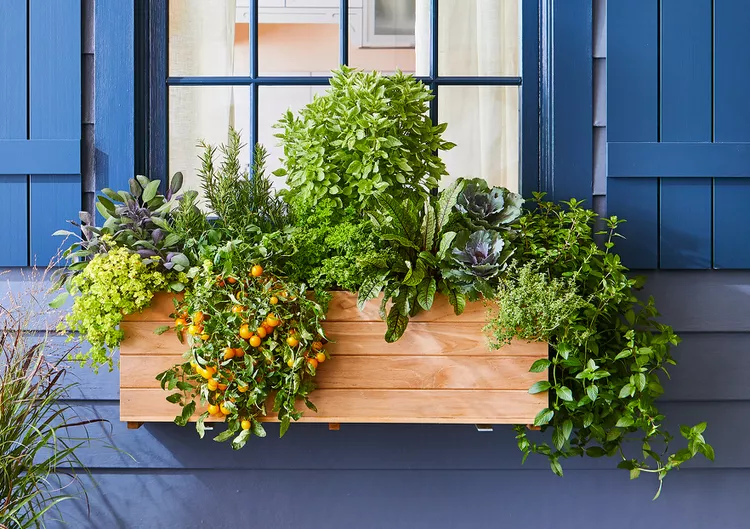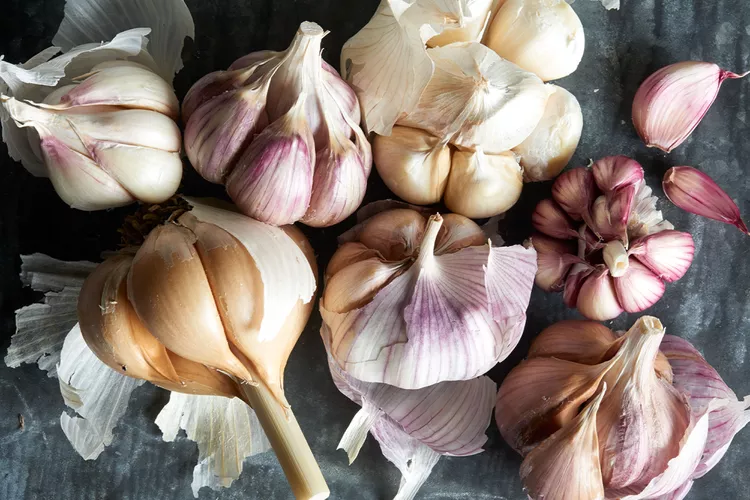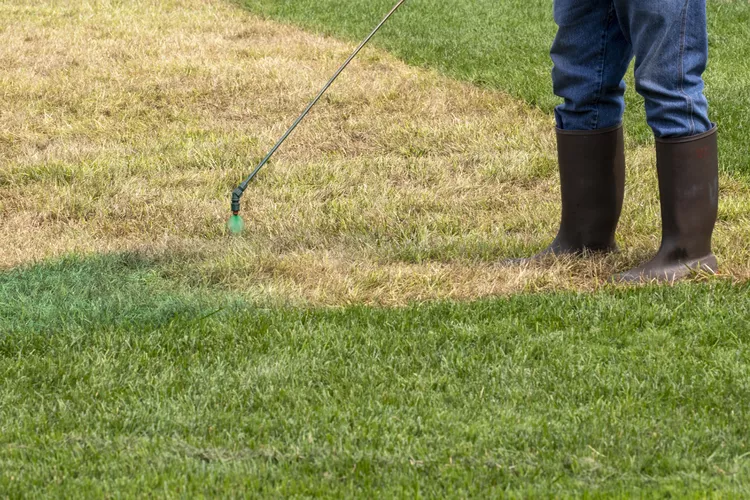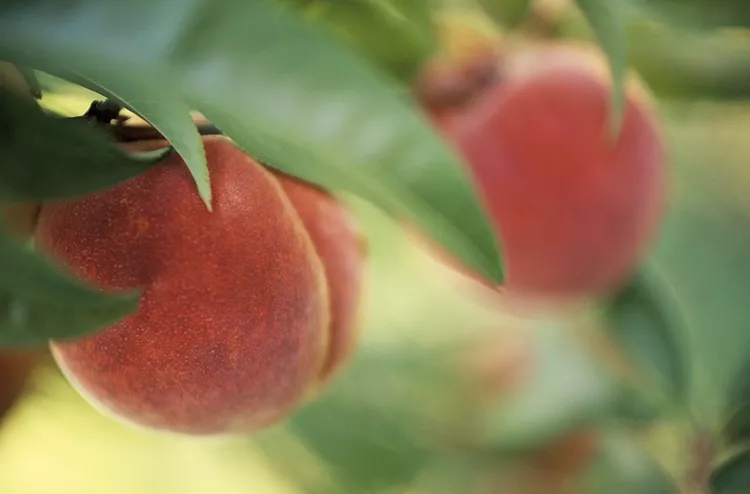Growing healthy plants starts with great soil, and loamy earth is about as good as it gets. But what is loam soil exactly? And how do you know if that's what you have in your garden?
This soil type has a balanced combination of different-sized soil particles that provide good drainage and sufficient water retention. It also retains the nutrients that plants need to grow. If your garden soil is less than ideal, you can improve it, but it won’t happen overnight. Creating a loamy soil takes time, but this guide will provide everything you need to know.
Loam Soil Components
Loam is a combination of sand, silt, and clay—the three sizes of soil particles from largest to smallest. While there is a good bit of variability, ideal proportions for most garden plants are approximately 40% sand, 40% silt, and 20% clay. Loamy soils are further classified as sandy loams, silty loams, or clay loams based on the percentage of the various particles.
- Sand is the largest-sized particle—water moves quickly through it, ensuring good drainage.
- Clay is the smallest particle of the three and water moves very slowly through it. That's why clay soils tend to stay wet longer, but because clay particles chemically bond with nutrients in the soil, they improve soil fertility.
- Silt, the middle-sized particle, is somewhere between the other two. Besides flood plains, silty soils are not common.
A combination of the three particles creates the best environment for plant roots—not too fast draining, not soggy, with good aeration and nutrient holding capacity. That’s what a loam provides.
Determining Your Soil Type
The first step is to establish what kind of soil you have in your garden. A soil test—usually done by your county extension office—can tell you the content of the soil. A DIY method for figuring out soil content is to take a handful of moist (not wet) soil and see what it does when you try to form it into a ball in your hand.
- If it won’t form a ball and instead sifts through your fingers, it’s probably sandy soil.
- A loose, somewhat slimy ball that flattens a bit when you open your fingers indicates silty soil.
- If the soil forms a firm ball that retains its shape when you open your hand and doesn’t crumble when poked, it probably has a high clay content. Clay soil dries into a hard ball.
- A balanced, loamy soil forms a ball when squeezed but crumbles easily if you poke it. It has good tilth. This is your goal.
How to Create Loamy Soil in Your Garden
Regardless of your soil type, whether it’s a bit on the sandy side or heavy clay side, the solution is the same: add organic matter—not just one time but every year. Organic matter, such as compost, manure, leaf mold, or shredded tree bark, encourages a thriving population of beneficial soil organisms that break down the organic material, releasing nutrients and encouraging more soil aggregation.
The soil aggregates help retain water and nutrients, while the spaces between the aggregates provide for both aeration and drainage and allow roots to penetrate easily. This dynamic and ongoing process takes time to develop. To keep the process going, you need to add organic matter each year.
A good soil improvement regimen is to add at least a couple of inches of organic matter to the soil surface each year at the end of the growing season. Water it well and leave it over winter.
When adding organic matter to vegetable gardens and annual beds, work it into the soil to a depth of 6 to 8 inches in early spring. For established perennial or shrub gardens, adding several inches of organic mulch each year is a good option. As the mulch breaks down, its byproducts slowly leach into the soil.
It’s easier to create good loamy soil for a raised bed. You can mix quality topsoil with organic matter. Be mindful of the source of your topsoil—it can vary significantly in quality. Add more organic matter to the surface in the fall and work it into the raised bed soil in the spring.
Because soil organisms decompose the organic matter, you must add it yearly to continually refresh the soil structure. A good loamy soil should teem with life—rich in beneficial organisms responsible for creating a thriving environment for plants—and organic matter is the key. Add it annually, and with each passing year, you will notice that your soil structure improves—it’s more crumbly and friable and loamy—and your plants will thrive as a result.
